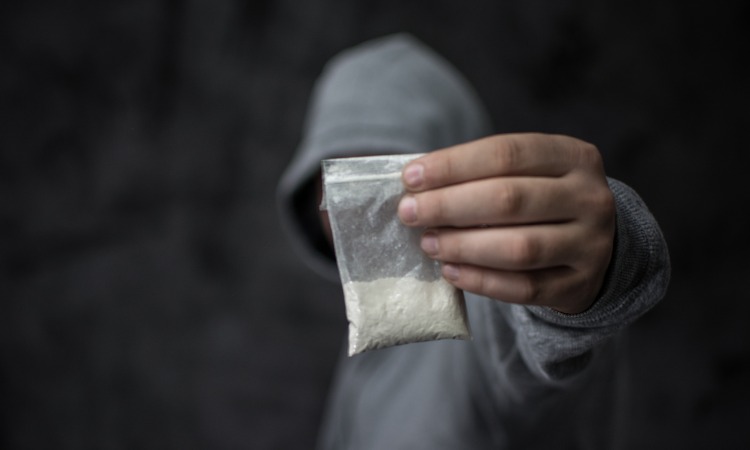
Cocaine is a highly addictive pain blocker that is extracted from the coca shrub that is native to the Andean highlands of South America, according to Medical News Today. Cocaine was used as a pain drug in the late 19th century. However, when the drug’s addictive qualities became better known by the medical community and as safer medications became available, cocaine ceased to be used in a clinical setting.
Cocaine is currently used as an illicit recreational drug. In powder form it is either inhaled, injected in a solution, or smoked. Powdered cocaine’s scientific name is cocaine hydrochloride (C17H21NO4). It is often diluted with other substances to allow the seller to make more profits. Crack cocaine is cocaine with the hydrochloride removed, making it easier to smoke. The effects of smoking crack are far more intense than using the powdered form but are also of shorter duration.
Why is cocaine so addictive?
The Foundation for a Drug-Free World reports that cocaine, next to crystal meth, creates the most psychological dependence of any recreational drug. The effect of using cocaine is the stimulation of the brain’s pleasure centers, which gives the user an intense sense of euphoria. However, tolerance for the drug develops quickly, which means that the addict has to use more and more of it to achieve the same high.
Besides an increased risk of heart attacks and strokes and the danger of over overdosing, cocaine addiction can increasingly take over the user’s life. The user becomes desperate to achieve the next high, sometimes resorting to criminal activity to pay for the addiction.
Treatment for cocaine addiction
The National Institute for Drug Abuse notes that there is currently no approved pharmaceutical method for cocaine addiction treatment. Research and development are proceeding apace to develop drugs that can help to mitigate cocaine addiction. “–disulfiram (used to treat alcoholism) has produced the most consistent reductions in cocaine abuse.” In the meantime, researchers are looking at how cocaine addiction affects the human brain to develop compounds to treat the condition. Finally, the development of a cocaine vaccine, which blocks the entry of the drug to the brain, holds great promise in preventing relapse once the addict has gone through treatment.
In the meantime, cocaine addiction treatment is performed by behavior modification techniques.
One effective form of treatment involves motivational incentives. The addict is provided incentives as a reward for reducing or stopping the use of cocaine. For example, in exchange for a drug-free urine test, the rehab patient is given points that can be exchanged for rewards, such as gym memberships, movie tickets, and dinners at local eateries. The idea is that even a small reward will provide an extra motivation for the addict to stay in treatment and avoid using cocaine.
Cognitive-behavioral therapy (CBT) is another approach to preventing patients from relapsing. The theory behind CBT is that drug addiction is a learned behavior. By extension, avoiding drug abuse is also a learned behavior. CBT helps rehab patients recognize and avoid situations in which they would be more likely to use. The patients are also taught to cope with such situations when they become unavoidable.
The therapeutic communities (TCs) approach involves the patient staying at a rehab facility for a six-month to one-year period. The programs included in the TCs approach include vocational rehabilitation and the teaching of skills to reintegrate into society once treatment is concluded.
Finally, the patient struggling with cocaine addiction can join a community-based recovery group. Just as there is an Alcoholics Anonymous, Cocaine Anonymous is available to help the addict with a 12-step program. Such a group can often be of great help with mutual support and sharing experiences with other members.
For more information contact us.